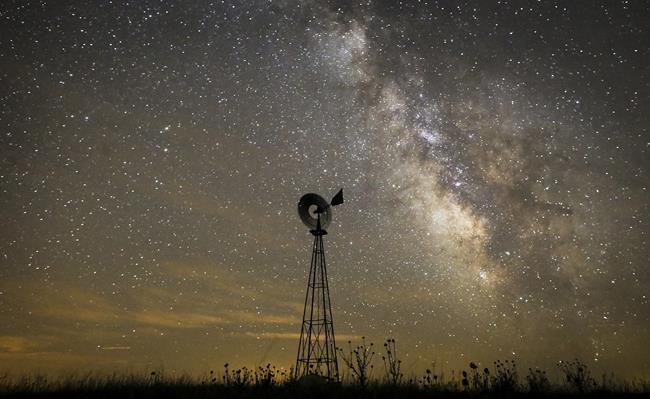Elevate your local knowledge
Sign up for the iNFOnews newsletter today!
Sign up for the iNFOnews newsletter today!
Selecting your primary region ensures you get the stories that matter to you first.

NEW YORK – Our corner of the Milky Way galaxy may be a bigger deal than scientists thought.
The galaxy is shaped like a disk, with four major arms of stars, dust and gas spiraling out from the centre. Our solar system lies at the edge of what’s called the Local Arm, which resembles a separate piece of an arm.
Historically, the Local Arm “didn’t get much respect…. People thought it was just a tiny little thing,” says Mark Reid of the Harvard-Smithsonian Center for Astrophysics in Cambridge, Massachusetts. But a new paper he co-authored concludes it is bigger than scientists thought.
Researchers calculated that it stretches more than 20,000 light-years long, maybe about four times what scientists had thought before, he said. That’s still a lot shorter than the major arms.
The work was done by analyzing radio-wave emissions with the Very Long Baseline Array, a series of Earth-based dishes. Results were released Wednesday by the journal Science Advances.
The study, which also investigates other aspects of the Local Arm, “provides important contributions to the better understanding of our galaxy,” said Denilso Camargo of Federal University of Rio Grande do Sul in Porto Alegre, Brazil. He didn’t participate in the new work.
___
Online:
Science Advances: http://advances.sciencemag.org
This site is protected by reCAPTCHA and the Google Privacy Policy and Terms of Service apply.
Want to share your thoughts, add context, or connect with others in your community?
You must be logged in to post a comment.